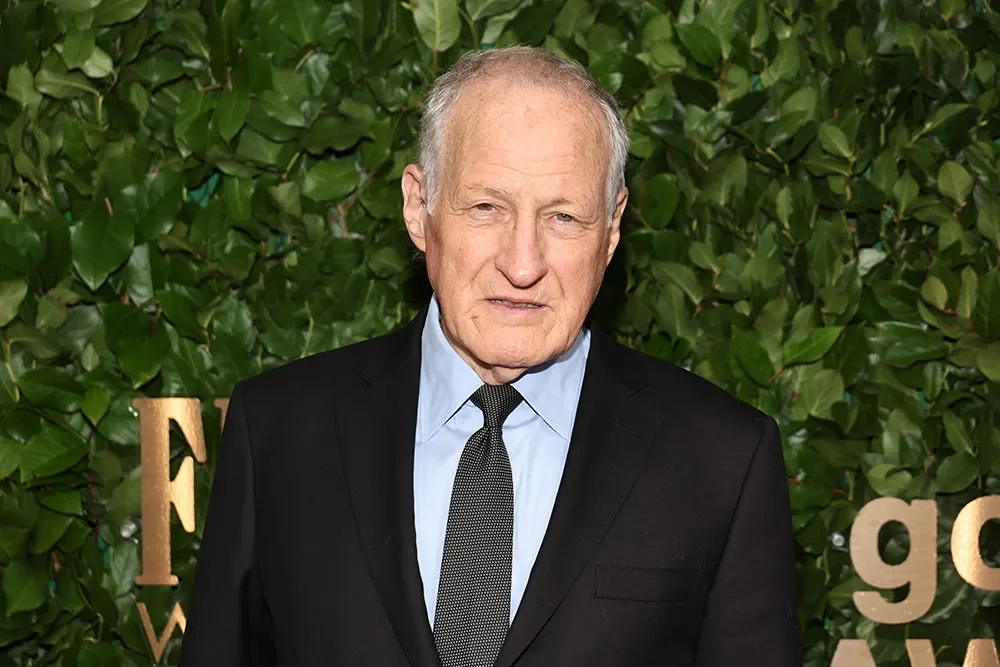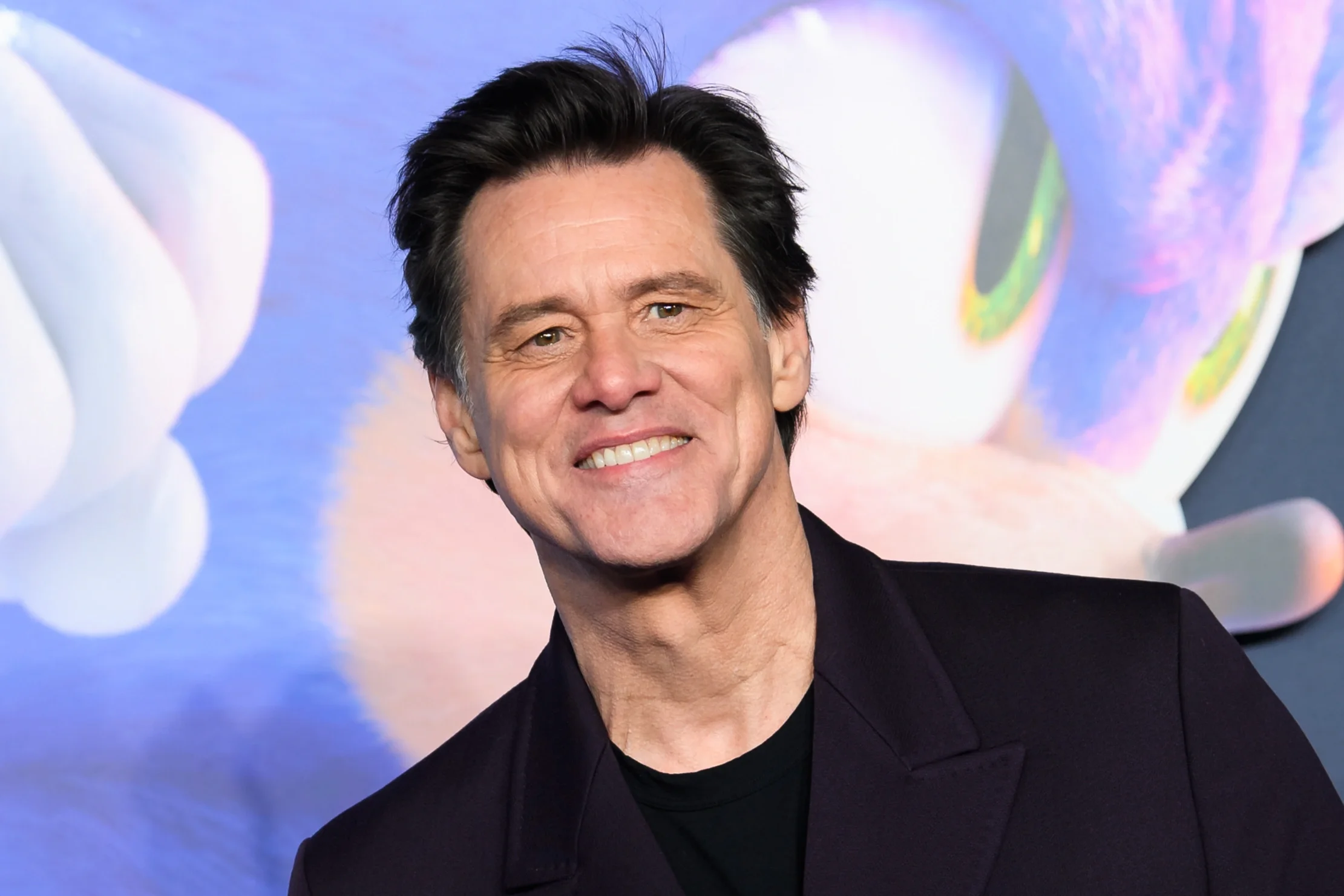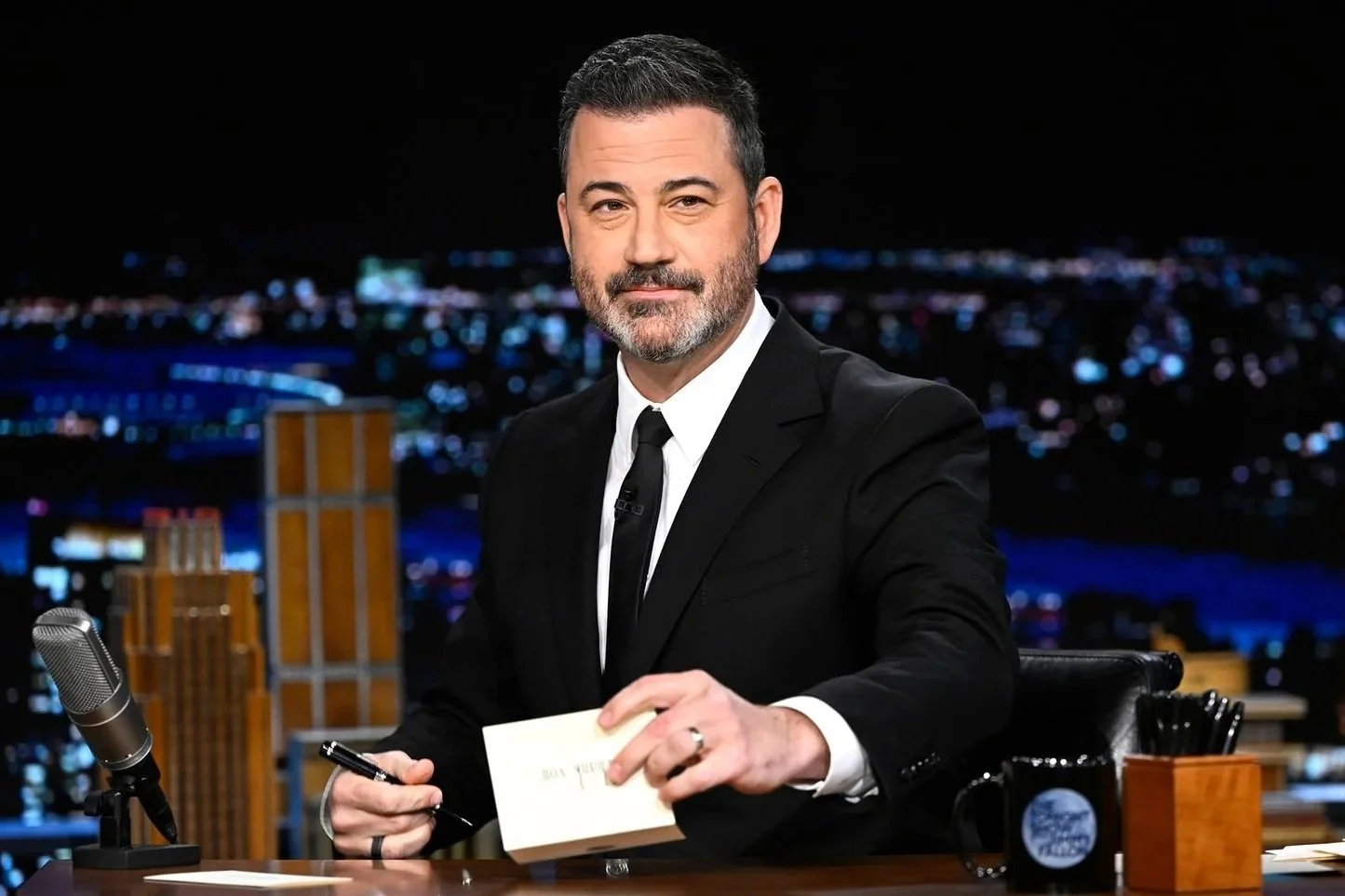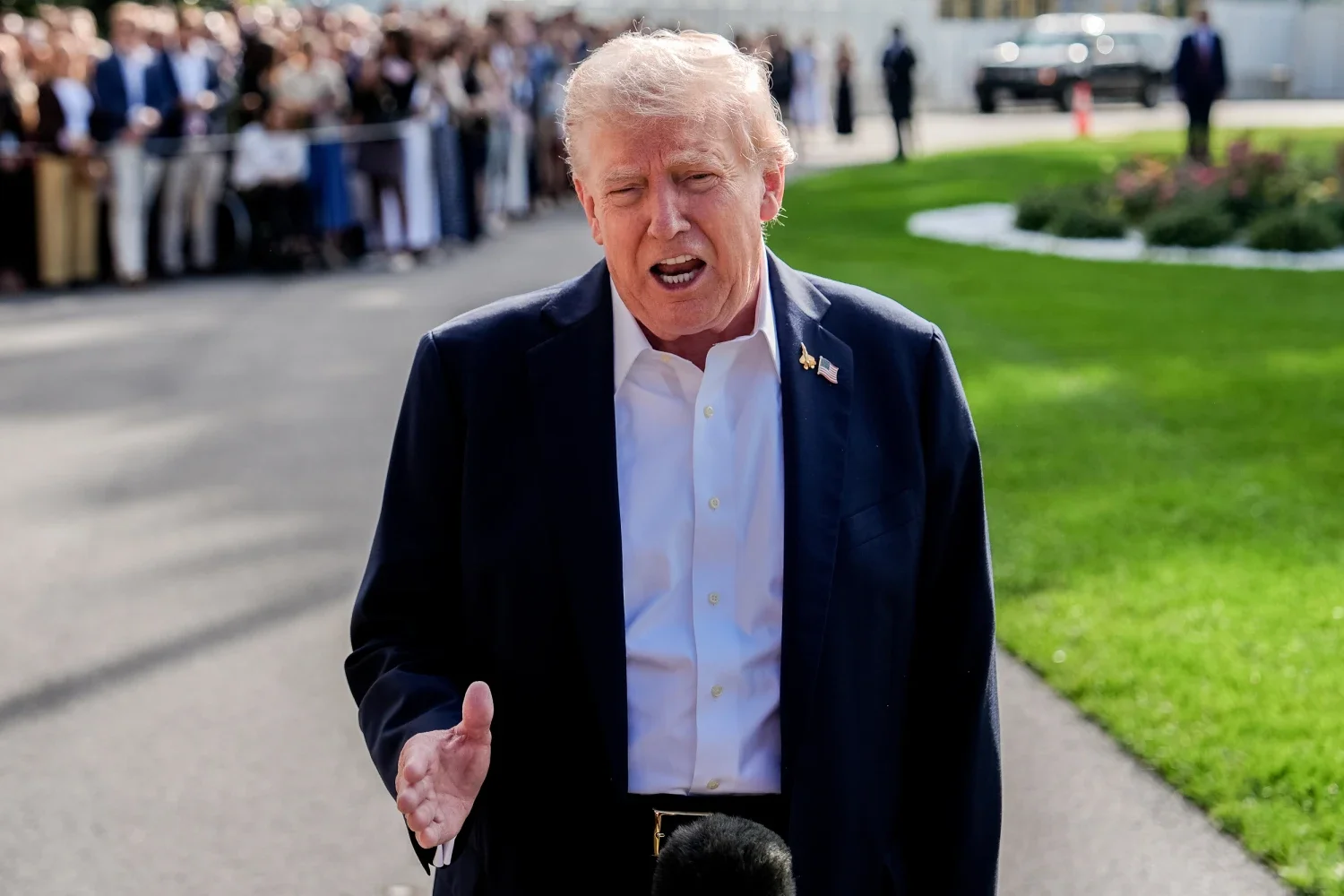‘The Brutalist’ Confirmed To Have Used AI To Enhance Accents Of Adrien Brody And Felicity Jones, Director Comments
Written by Nikhil Mohan
Courtesy of A24, Universal Pictures, Focus Features.
Brady Corbet has addressed the controversy surrounding the integration of AI technology in his film ‘The Brutalist,’ an award season favorite, that has become the subject of heated online debates. The controversy was ignited by the film’s editor, Dávid Jancsó, who disclosed in an interview with Red Shark News that AI technology was employed to adjust the Hungarian dialogue of the film's leads, Adrien Brody and Felicity Jones, to enhance its authenticity.
Jancsó explained that the AI, provided by Ukrainian tech firm Respeecher, was used to fine-tune certain sounds in Brody’s and Jones’ Hungarian dialogue to make it sound more native. He emphasized that this use of AI was only for specific language editing and not to alter the actors' overall performances. “We were very careful about keeping their performances. It’s mainly just replacing letters here and there,” said Jancsó, who described the process as dialogue rather than a fully realized creative tool. “You can do this in ProTools yourself, but we had so much dialogue in Hungarian that we really needed to speed up the process otherwise we’d still be in post.”
The film, which features much of its dialogue in Hungarian, benefited from this technology especially under the tight budget constraints—less than $10 million for the entire production. "Given our budget and the volume of dialogue, using AI was a practical solution to ensure linguistic precision without extending post-production indefinitely," Jancsó noted, describing the process as pragmatic rather than creative.
Jancsó doubled down: “I am a native Hungarian speaker and I know that it is one of the most difficult languages to learn to pronounce. If you’re coming from the Anglo-Saxon world certain sounds can be particularly hard to grasp.”
He continued: “It is controversial in the industry to talk about AI, but it shouldn’t be. We should be having a very open discussion about what tools AI can provide us with. There’s nothing in the film using AI that hasn’t been done before. It just makes the process a lot faster. We use AI to create these tiny little details that we didn’t have the money or the time to shoot.”
Additionally, AI played a role in visual aspects of the film, particularly in a sequence that involved architectural designs attributed to Brody’s character, László Tóth. While the final architectural drawings were hand-drawn, generative AI was utilized to inspire these designs, adding a layer of modern technological intervention to the film’s production process.
Despite the technology's limited use, it has sparked significant discussion and debate among viewers and critics alike. Some argue that even minimal use of AI in adjusting performances could undermine the integrity of acting awards, citing Brody's edited accent as a potential issue for award eligibility. Others feel the modifications were too insignificant to detract from the overall impact of the performances.
Director Bradley Corbet, defending the film, stated, “The Brutalist is a film about human complexity, and every aspect of its creation was driven by human effort, creativity, and collaboration. We are incredibly proud of our team and what they’ve accomplished here.”
The discussion continues, reflecting broader industry debates about the role and acceptability of AI in creative processes. This conversation is not unique to ‘The Brutalist,’ as similar technology has been employed in other high-profile projects like using James Earl Jones’ voice for Darth Vader in future Lucasfilm projects.
TRENDING NEWS











